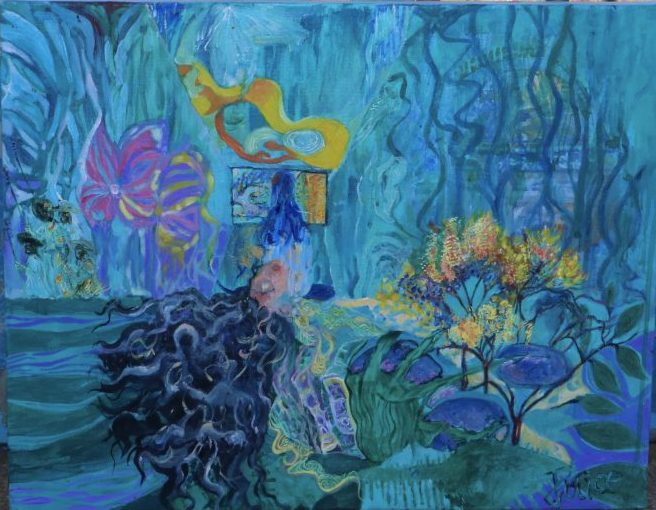Portfolio WEEK 1 Strike and Feedback

Onyeka Igwe is a London born & based moving image artist and researcher. Her work is aimed at the question: how do we live together? Not to provide a rigid answer as such, but to pull apart the nuances of mutuality and co-existence in our deeply individualized world. Onyeka’s practice figures sensorial, spatial and counter-hegemonic ways of knowing as central to that task. She is interested in the prosaic and everyday aspects of black livingness. For her, the body, archives and narratives both oral and textual act as a mode of enquiry that makes possible the exposition of overlooked histories . The work comprises untying strands and threads, anchored by a rhythmic editing style, as well as close attention to the dissonance, reflection and amplification that occurs between image and sound.
No Dance, No Palaver (2017-2018) ︎
No Dance, No Palaver is a series of 3 works; Her Name in My Mouth (2017), Sitting on a Man (2018) and Specialised Technique (2018), which cover research into the Aba Women’s War of 1929. All of the films use the first major anti-colonial uprising in Nigeria as an entry point to experiment with colonial moving images relating to West Africa during the first half of the 20th century. No Dance, No Palaver serves as an attempt to use critical proximity, being close to, with or amongst, the visual trauma of the colonial archive to transform the way in which we know the people it contains.
I am quite unhappy about the assessment feedback I get from CISA. Thoughts on costumes, Dancing movements and pop designs are incredibly meaningless. I think the processes and reflections I have provided were pretty straight forward. I always hold the belief people should stay in their zones and concentrated on doing their own things, instead of making everything become interactive… And if the assessment requires us to focus on the sonic perspective, then ignoring the formats of spatialisation and mark it into stereo is kind of a worry thing actually and it is very pointless…
Here were some thoughts I was preparing in my summer holiday: I am interested in how composers use electronic sounds in their classical pieces, in order to give them an innovative taste, as well as the audience’s reaction.I am also interested in the personal experience of ‘collaboration with traditional classical musicians’ by electronic musicians & sound artists.
I love collecting vintage music notations and I found them fascinating. Most of them were hand written and could not be readable. Some of them were fragile and some of them were colourful. I used more than 300 pages in my last polyphonic sound exhibition in the crypt gallery. And at the same time, I created a graphic notation for my contemporary sound show case “life flash” with 196 15s sound waves.
My favourite contemporary musicians are Steve Reich and Sakamoto Ryūichi. The chaos, consciousness, the boundaries between classical music and contemporary electronic pieces were things I am willing to dig into deeper. Why do classical musicians go into electronics? What are the differences of using acoustic traditional instruments and using modular synthesizers? How the electronic sounds influence consciousness and what emotion they could bring to the audience in such an abstract way?
